Selvedge Winter Fair
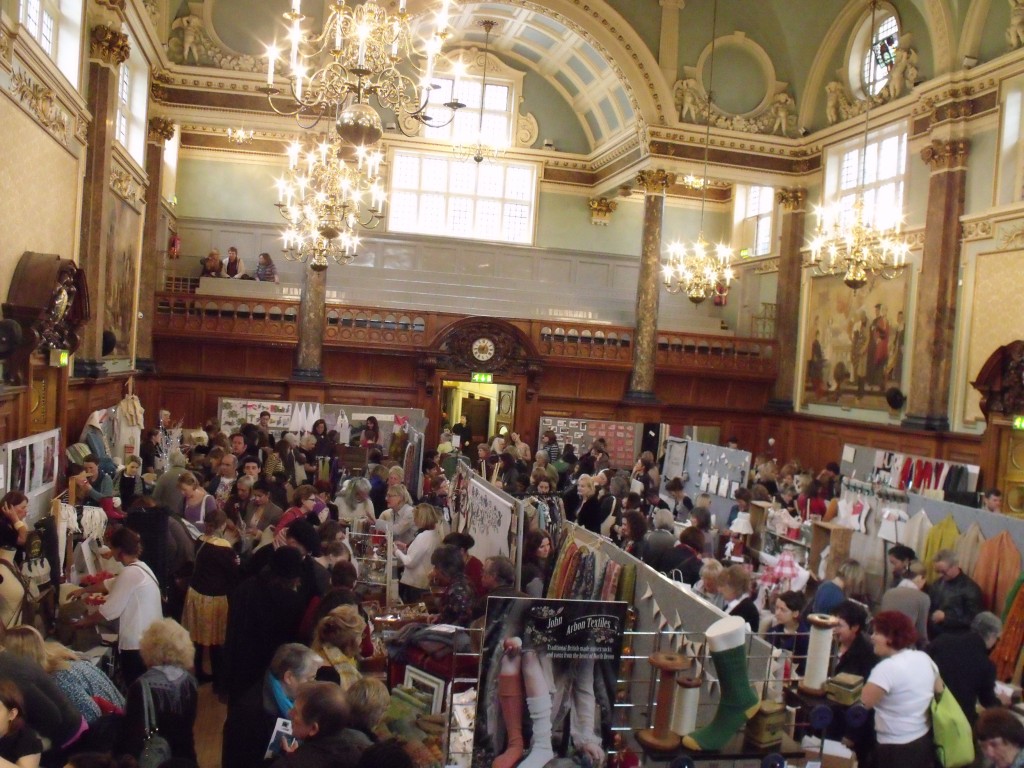
I went along to the Selvedge Winter Fair on Saturday. It was the first time I’ve managed to get along to the internationally renowned magazine’s annual fair of beautiful textiles mostly hand-made in the UK, or collected from around the world.
When I first arrived about 12 noon, the hall was packed out and at times even became difficult to see any of the textiles on display. I slunk off to the side hall-ways where I chatted to Neha who was representing the non-profit organisation Women Weave in Maheshwar, India. It was founded by Sally Holkar in 2003 following a successful growth of the Rehwa Society formed by the Holkar family – traditional patrons of the weaving community of Maheshwar. Their mission was to revive the craft of weaving in the area, and as men are steadily leaving their hereditary occupation for what they view to be more ‘remunerative and stimulating’ jobs, Womenweave focusses on the area’s women, who can carry out the work on a domestic level, and be socially empowered through weaving.
Neha also designs for the organisation and is currently in London studying for an MA in Textile Design at RCA. The collection of scarves on display were woven using a mix of natural and organic fibres – silk, wool and cotton, hand-spun (khadi) or mill-spun, some dyed with natural organic dyes and some with azo-free chemical dyes.
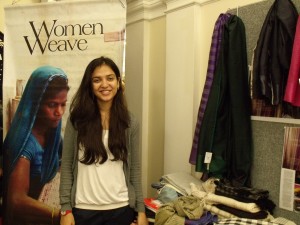
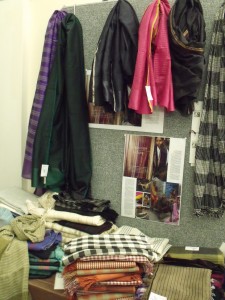
The organisation run a social welfare and empowerment programme for women and children and also are developing a Handloom school, with a similar mission to Kala Raksha Vidhyalaya in Kutch. It aims to provide a curriculum of design, textiles technology, business and sustainability for artisans to encourage the continuation of a hereditary craft that is in danger of disappearing.
Braving it back into the main hall, I came across Gallery 196, permanently situated in Primrose Hill. I loved the bright and exciting collection of embroidery, cushions, quilts, dolls, toys, Christmas decorations and traditional Indian garments.
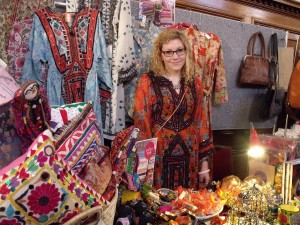
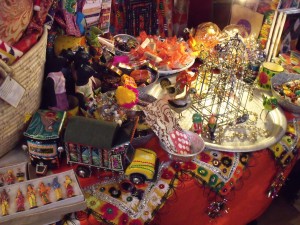
Another of my favourites was Nigel Atkinson whose fabrics on display were a mix of his own designs using heat reactive inks, hand-printed in the UK, and hand woven and embroidered fabrics by craftsmen in Assam and West Bengal.
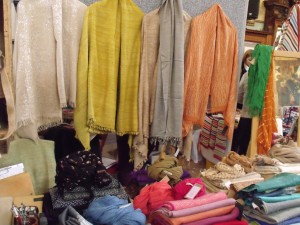
Fabrics by Entaglewood are printed and patterned by extracting colour and transferring patterns from plants, leaves and flowers directly onto silks and cottons which are then transformed into scarves, purses and other accessories. By owning one of these beautiful products, I can imagine being transformed to an idyllic sunny forest or meadow through its sumptuous botanical colours and patterns.
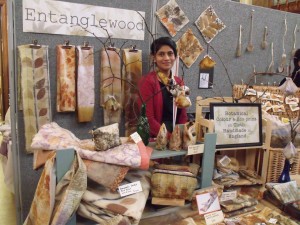
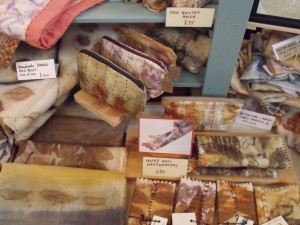
Other stalls I loved included Ekta Kaul, Ardalanish – Isle of Mull Weavers, Dyeworks and of course John Gillow and his rich collection of textiles from all over the world.
Mughal India: Art,Culture and Empire
A couple of days before the Selvedge Fair, I was lucky to get an invite to the press viewing of Mughal India: Art, Culture and Empire, at the British Library. When hearing about the exhibition, I wasn’t overly excited, thinking it was just another addition to the long line of exhibitions on Mughal Art in Britain (previous recent ones including Visions of Mughal India at the Ashmolean and Ragamala paintings at the Dulwich Picture gallery) and not sure whether it would be any more enlightening. However, I was proven wrong, and pleasantly surprised and impressed by the depth and detail of the exhibition.
On entering you walk through a grand entrance – an imitation of a Taj Mahal gateway of Islamic patterned carved wooden screens. The traditional geometric Islamic patterns are continued through the exhibition in the form of wood screens and printed canvases on the walls.
The opening gallery contains a projection of a map of India with moving colour patches to show the change of Mughal rule which dated from 1526 – 1858. ‘At its peak their empire encompassed most of present-day India, Pakistan, Bangladesh and Afghanistan’. (Exhibition guide).
In the following space you are led round biographies of each of the ‘Great’ Mughal emperors from Babur (1483-1530) to Aurangzeb ( 1658 – 1707). Akbar was one of the most well-known and influential emperors and continued a strong patronage of the arts started by his father Humayun who brought artists from Iran and commissioned paintings of the royal courts. Akbar established artistic studios and was also known for his religious tolerance – within a predominantly Hindu country ruled by Islamic rulers, he believed in the peaceful cooperation of both religions. On display is Akbar’s memoir, one of the most notable artefacts in the British Library’s collection.
Following the Emperor section, the following sections include Life in Mughal India, The Art of Painting, Religion, Literature, Science and Medicine and Decline of the Empire. Highlights in these exhibits included quirky guides such as the Notebook of Fragrance, which is being exhibited for the first time in this exhibition. Sections of the book include recipes, a guide to archery and botanical properties and medicines. Another highlight is Princess Jahanara’s (Emperor Shah Jahan’s daughter) biography of a Sufi saint, the journal of Sir Thomas Roe, King James I’s ambassador acting for the East India Company and the Panorama of Delhi by Mazhar ‘ Ali Khan (1846) depicting a view of Delhi including the landmarks of the Lahore Gate and Red Fort, just 10 years before many of the interior buildings were damaged or destroyed in the uprising of 1857.
I highly recommend this exhibition for anyone interested in this fascinating period of Indian history, and watch out too for the list of exciting events that accompany the exhibition.
Another exhibition that has been running since 15 September is Bronze at the Royal Academy running until 9 December. I hope to visit this so watch out for my review…
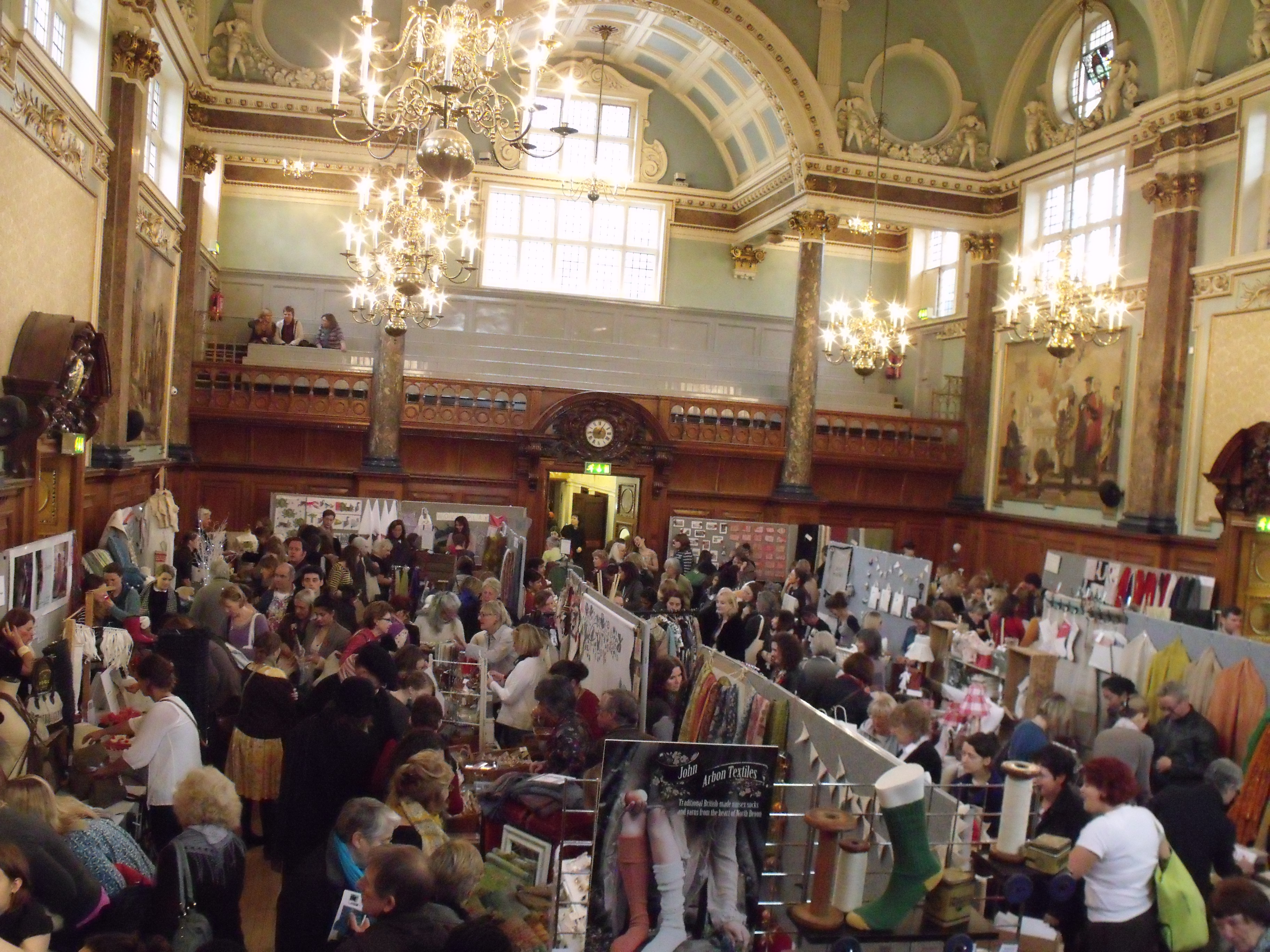
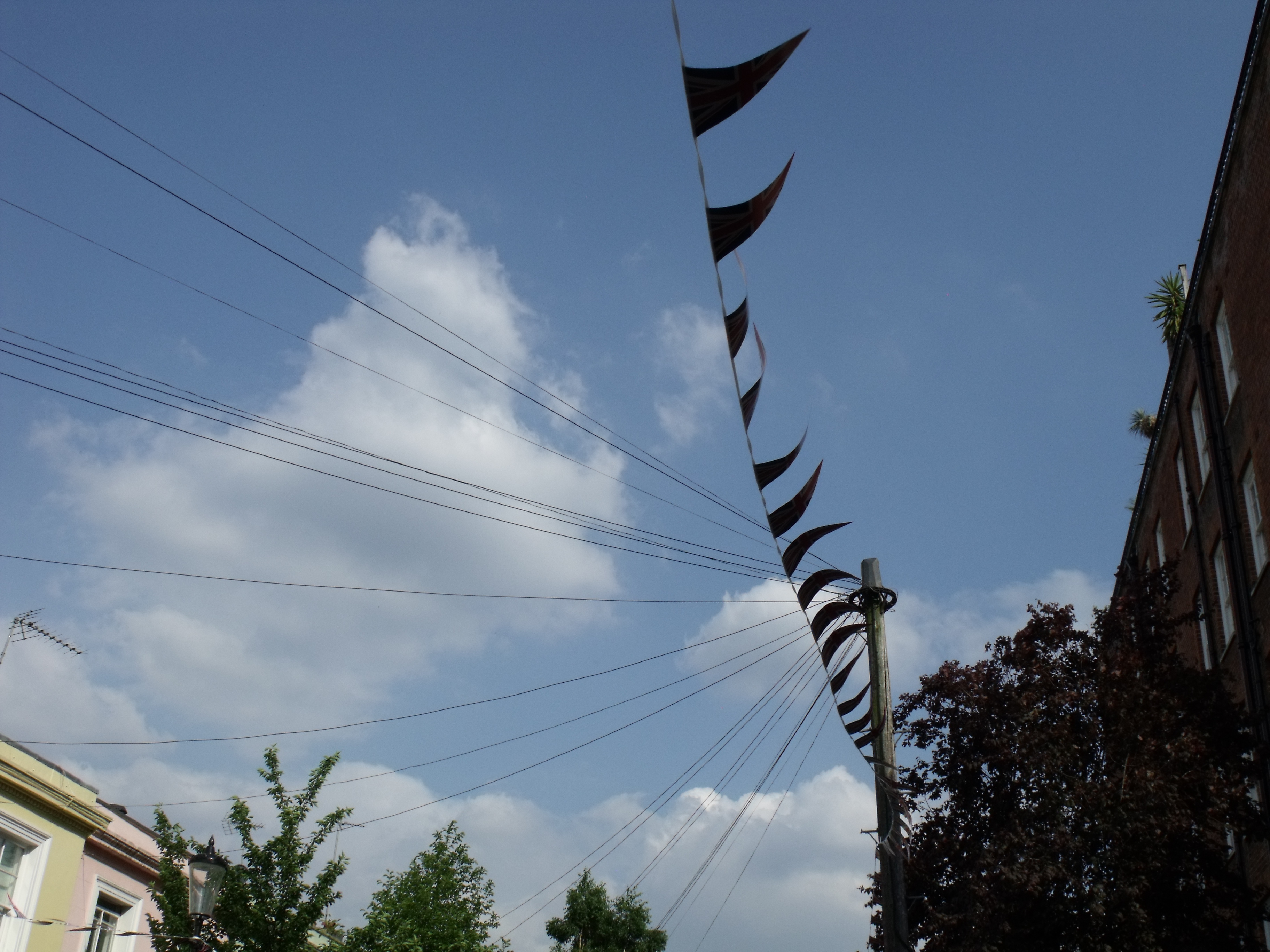
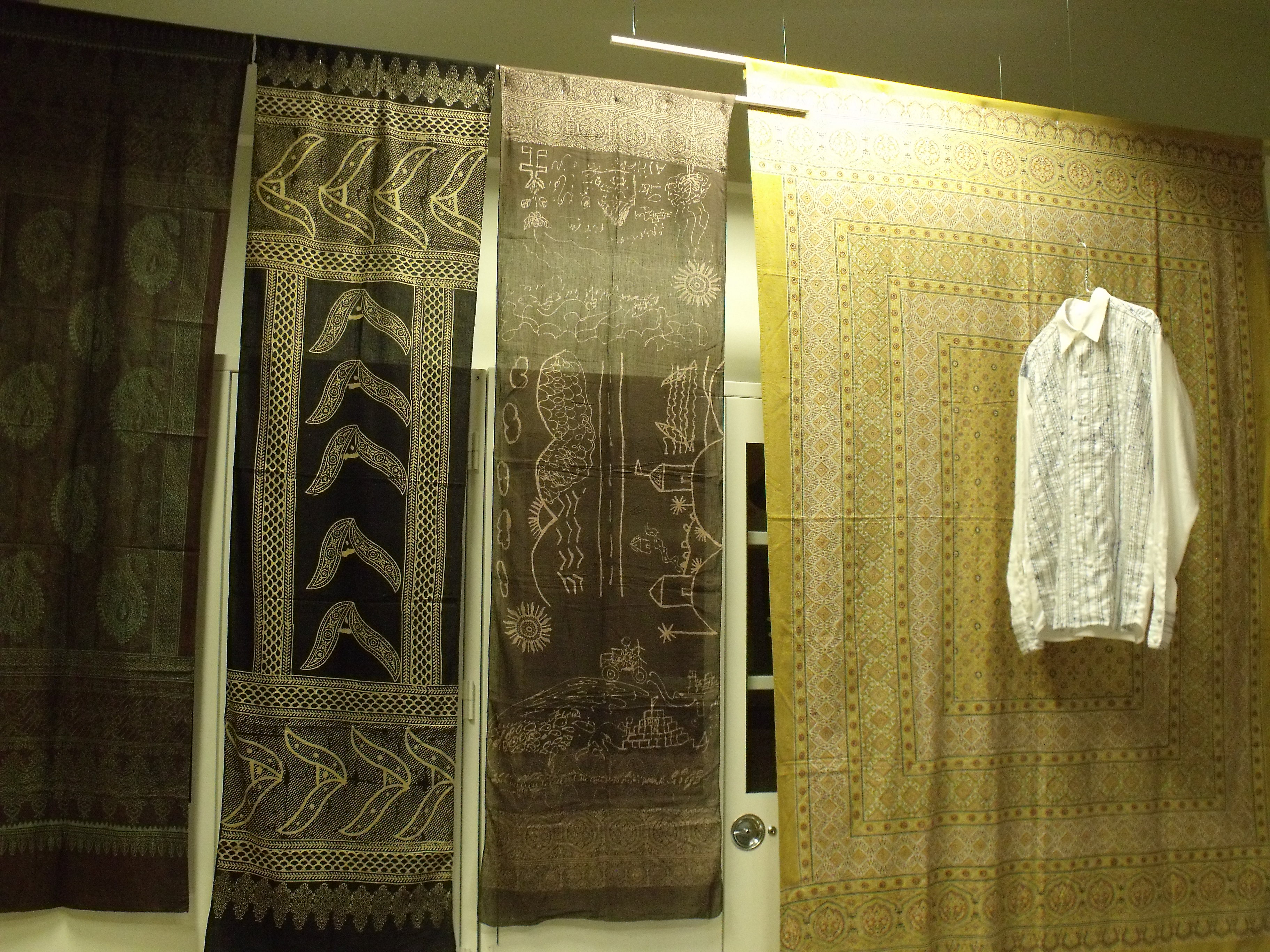
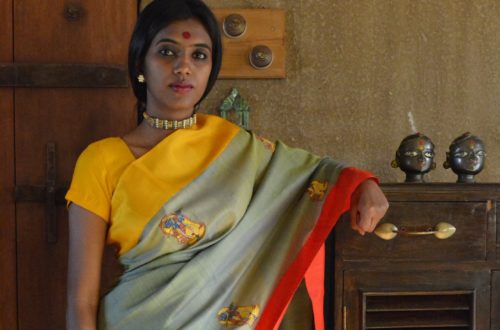

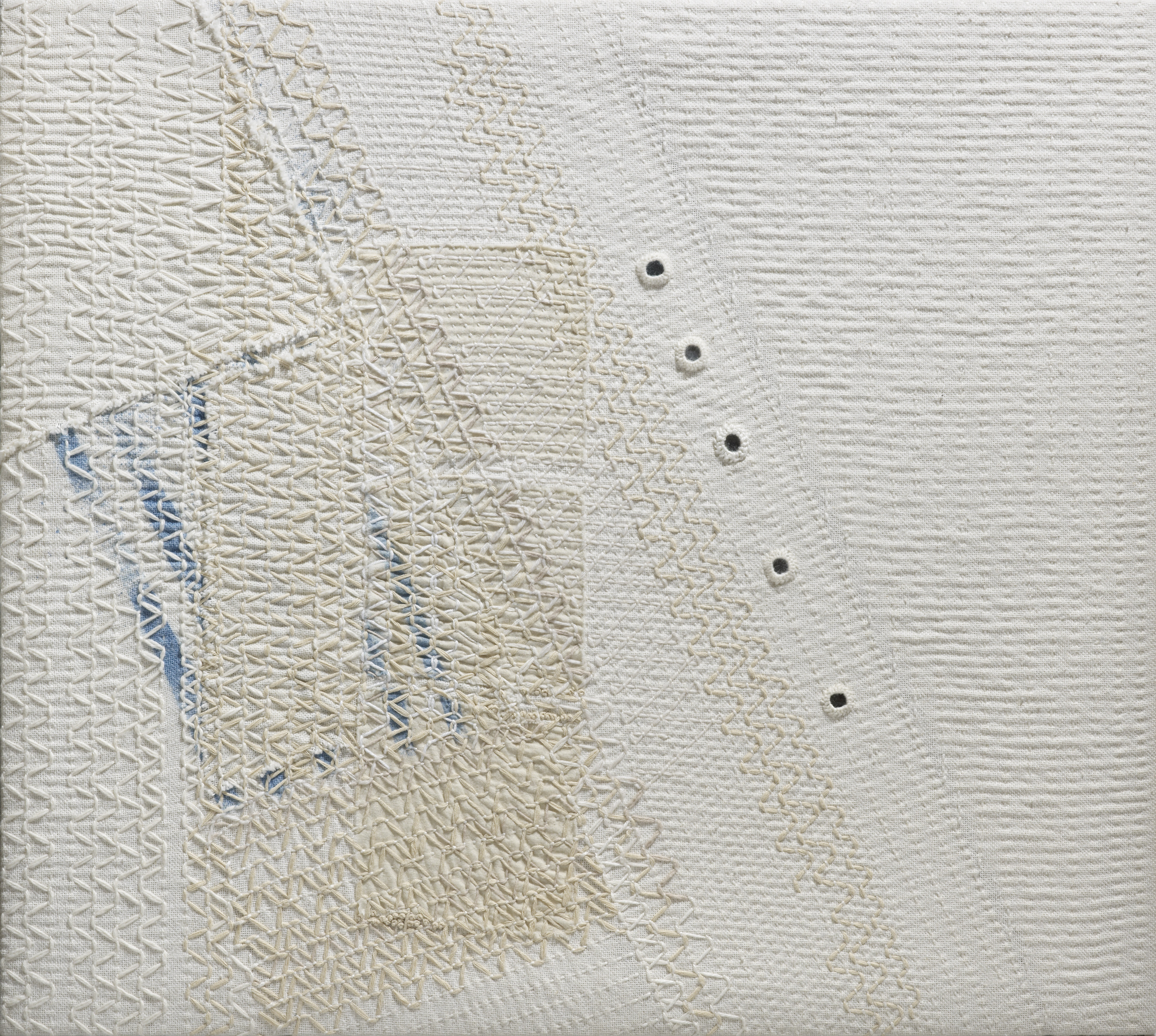
One Comment
Pingback: